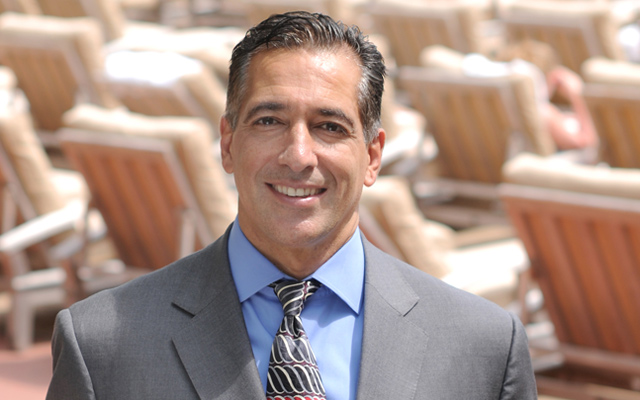But perhaps the thing I like best about starting a brand new year is this sense of one big cycle completing and another getting underway. You can almost hear the old machinery churning to a stop and the new gears just beginning to engage. The sense of forward momentum is palpable.
This time of year also provides one of our culture’s few socially sanctioned opportunities for personal contemplation and planning. The holiday season offers an all-too-rare interim pause during which we can mull over a few things we’d like to do differently in the year ahead.
For many of us, of course, this activity takes the form of New Year’s resolutions. Call me old-fashioned, but I still like this tradition — as long as it’s done thoughtfully (for pointers on that, see our “Resolutions Workshop ’07”).
That said, one tradition I enjoy even more than New Year’s resolutions is a form of personal exploration I call “reverse engineering.” This involves examining the changes I’ve made in the past year, considering their results, then sorting out if they worked, how they worked, and why.
A few years ago, when I was focused on upgrading my health and fitness, my reverse engineering efforts turned up some interesting results. I realized, for example, that in the previous year, I’d made some surprisingly good headway in cleaning up my diet. I’d all but given up processed and fast foods. And I’d also begun exercising regularly.
Now, these were the very same changes I’d been meaning to make for years — and without much luck. I was motivated to keep working on them because I knew they were “good for me” and that they would support a variety of resolutions-oriented goals (get in shape, improve energy, develop healthy habits, etc.) that I’d had on my docket since, oh, about 1983.
But there had been something important missing:
deep education and understanding about how my body worked. In the year I’d made all this progress, I looked back and realized that the one really significant change I’d made had been to replace my focus on diets and workouts with my growing interest in topics like biology, biochemistry, nutrition, ecology, the food supply and general health.
I’d started to learn, at a scientific level, how the things I was doing or not doing were affecting my body. I’d also gained a new and profound respect for how intricately the human body’s systems are wired and how dependent they are on good daily habits (and clean, high-quality raw materials) for their optimal function. In short, I’d made the “you are what you eat and do” connection.
Once I understood this stuff, everything got easier. It was no longer a battle of wills to say no to an order of fries. It was no longer an exercise in virtue for me to get up and go out for a run. I wanted to do these things because I genuinely wanted to support the internal systems that I now perceived as integral to who I was.
And once I had this sense of real inspiration, all the attendant choices and habits just fell into place. I wanted to eat fruits and veggies because I understood how my cells would use the water, natural sugars, fiber and phytochemicals to make my body stronger. I wanted nothing to do with fast food because I now knew precisely how that food was raised, processed and prepared, and that most of the ingredients were toxic to my body’s organs and tissues.
Finally, I actually began enjoying exercise because I was able to recognize my body’s reactions to the challenges I was giving it, and to celebrate my increasing strength and fitness in ways that had nothing to do with my appearance.
In the years since I made this discovery, I’ve put a great deal more attention on learning as a mode of inspiration, because — through reverse engineering — I discovered that this is what works for me. I hope this issue of EL supports you in discovering the inspirations that work for you.
I also hope you enjoy the fresh new design updates brought to you by our phenomenal art director, Lydia Anderson. In this, our fifth year, I’m as excited and grateful as ever to be working with such a talented crew — and such a discerning and thoughtful readership. Here’s to our next five!



This Post Has 0 Comments